Stop Opening Your Dishwasher to Wet Dishes: Discover the Hidden Settings That Cut Utility Bills in Half
Difficulty: Novice
Time: 5-10 minutes to locate and activate settings
Cost: $0 (using existing dishwasher features)
Why You'll Like This
Tired of cracking open the door and getting a face full of steam, plus plates that still drip? Annoyed as the power bill inches up every month? Your dishwasher already has answers built in, and most people simply never turn them on.
According to Good Housekeeping, modern dishwashers include specialized functions that shift your routine from wasteful to efficient. Switch a couple of settings, enjoy bone-dry dishes, and potentially save over $20 a year on energy costs.
This quick guide shows you where those features hide and how to use them. No more tea-towel triage.
What You'll Need
Materials
Your dishwasher's owner's manual (or manufacturer's website)
Current load of dishes
Tools
None required, just your dishwasher's existing control panel
Safety First
No safety concerns for this adjustment
All changes are reversible
No tools or disassembly required
Steps
1. Find Your Dishwasher's Enhanced Drying Options
Scan the control panel next time you load up. You will likely see what Good Housekeeping calls enhanced drying functions labeled “Dry+,” “Pro Dry,” “Extended Dry,” or a brand-specific twist.
These settings extend the final phase with extra heat or time to clear lingering moisture, as Good Housekeeping explains. Turn one on and dishes come out clean and dry, not almost there.
Why this works: Finish reports that modern machines use several drying methods, including air dry, which cracks the door to vent steam; heated rinse, which raises the water temperature at the end; fan dry using room air; and classic heat dry.
2. Switch to the Money-Saving Air Dry Setting
This is the budget hero. Air dry is the most energy-efficient drying method, yet appliance experts note many machines default to energy-hungry heat dry, and owners never notice.
How to activate air dry:
Check your drying selection before each cycle
Look for “Air Dry” or similar wording on the panel
Deselect “Heat Dry” if it is automatically applied
The payoff: Air dry relies on evaporation, not an electric heating element. As Meera White from Whirlpool Corporation told The Spruce, “The normal cycle with an air dry option will almost always be the lowest energy usage.” It can take longer, sure, but you are not standing there watching it.
3. Combine Air Dry with Eco Mode for Maximum Savings
If your dishwasher has an eco mode, pair it with air dry and let them do the heavy lifting together. Tom's Guide explains that eco settings reduce washing and rinsing temperatures to save energy.
The compelling math: Running eco mode at 120°F uses about 0.73 kWh per cycle, which research from Tom's Guide indicates could save around 523 kWh annually compared to auto mode, potentially over $20 per year in energy savings.
The surprising reality: Only one in five people use the eco option, a CHOICE survey revealed. That leaves 80% of users paying more than they need to.
Time trade-off: Eco cycles run about 4 hours, standard programs about 2.5, according to Tom's Guide notes. Combine eco mode with air dry, and The Spruce confirms, you get maximum efficiency per load.
4. Activate Additional Efficiency Features
Half-Load Settings: Target the top or bottom rack when the dishwasher is not full, according to Good Housekeeping UK. Use less water and energy. Great for smaller households or midweek mini-loads.
Self-Clean Cycles: Some models include cycles that flush grease, food residue, and limescale from interior parts and spray arms, according to Good Housekeeping UK. Run these regularly to keep performance steady.
Sanitize When Needed: The sanitize setting sends additional hot water up to 150°F during the final cycle, Finish explains. Save it for cutting boards, baby bottles, or illness.
5. Optimize for Best Results
Check your owner's manual to match cycles with load types. Appliance experts recommend that most everyday loads do not need heavy-duty or sanitizing.
Keep the rinse aid dispenser filled. Good Housekeeping suggests adding liquid rinse aid even if your detergent includes it, since it helps items dry more thoroughly with air drying.
Before each cycle, see if heat dry is preselected and switch to air dry when you can.
Why This Works
Enhanced drying settings clear leftover moisture by extending the final phase. Air dry and eco mode cut energy use at the source. Heat dry burns electricity to hold high temperatures, while air dry leans on natural evaporation.
Eco mode lowers washing and rinsing temperatures, and paired with air dry, delivers the most efficient clean you can get from the same machine.
Troubleshooting
Problem: Dishes still wet with air dry
Fix: Fill the rinse aid dispenser and, for stubborn loads, try an enhanced drying option.Problem: Eco mode takes too long
Fix: Use standard cycles when you are in a rush, save eco for overnight or daytime runs.Problem: Can't find air dry
Fix: Check the owner's manual, some brands label it differently or tuck it inside another option.
Variations & Upgrades
Combination approach: Use enhanced drying for company dinners when you need dishes to dry fast. Stick with the air dry and eco combo for daily loads.
Seasonal adjustment: Summer heat speeds up air drying. In winter, tap enhanced drying occasionally.
Load-specific strategy: Heavy pots and pans may benefit from enhanced drying. Regular dishware is usually perfect with air drying.
Your dishwasher can do more than you think. Use enhanced drying when you need perfectly dry dishes, then switch to air dry with eco mode for everyday loads.
Those simple button choices, literally just different selections on the same control panel, turn a basic appliance into a thrifty kitchen workhorse that saves time, money, and energy every cycle.




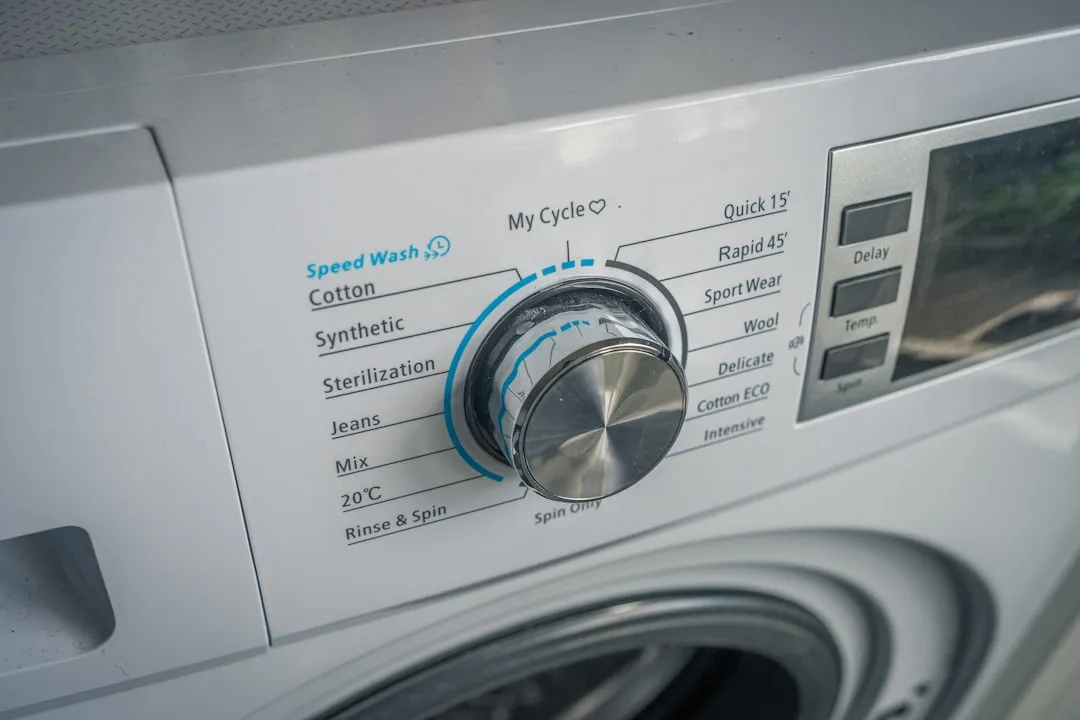

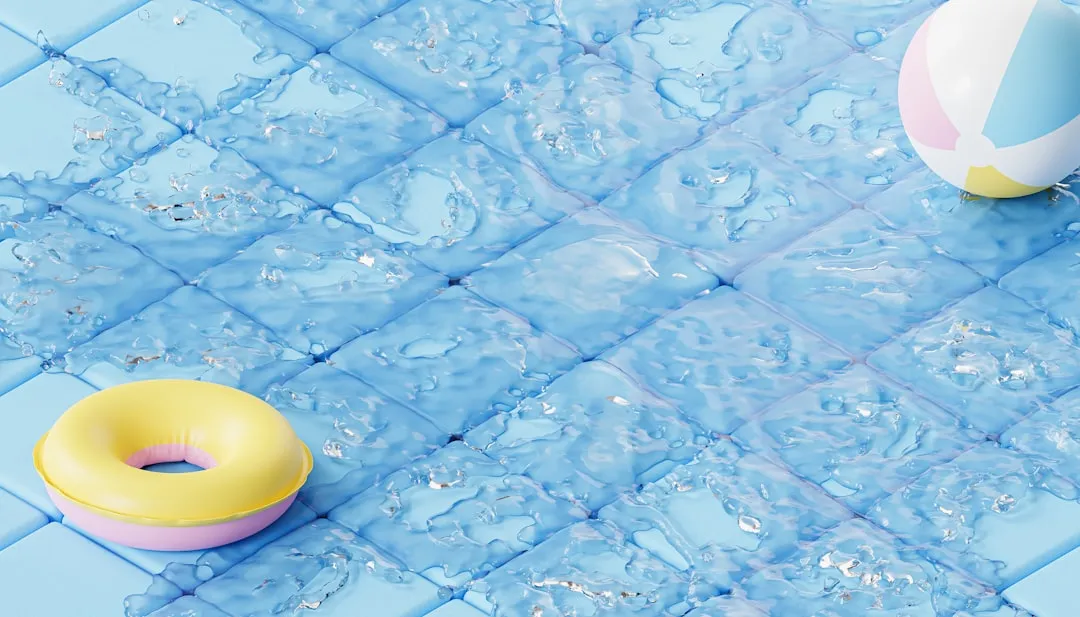
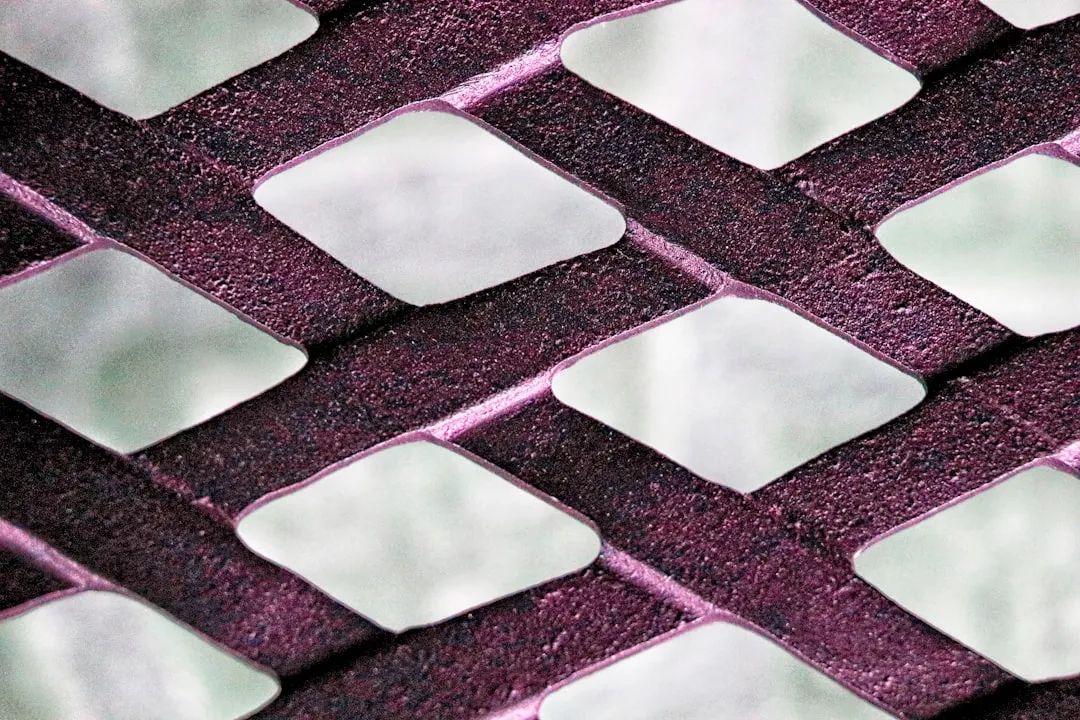





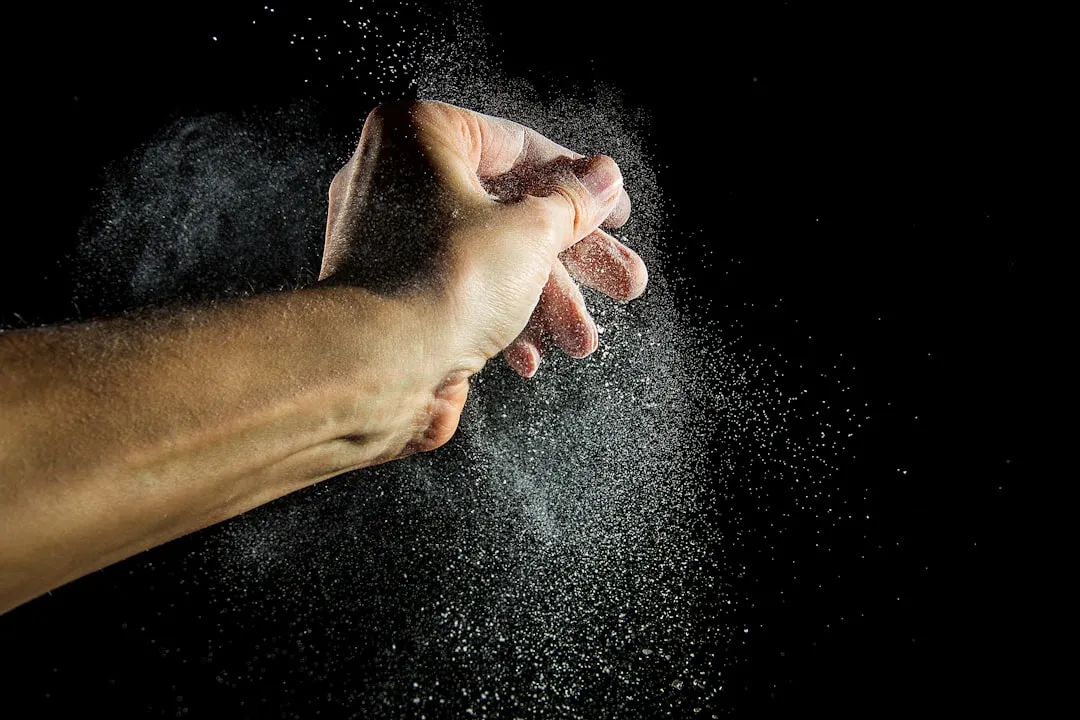
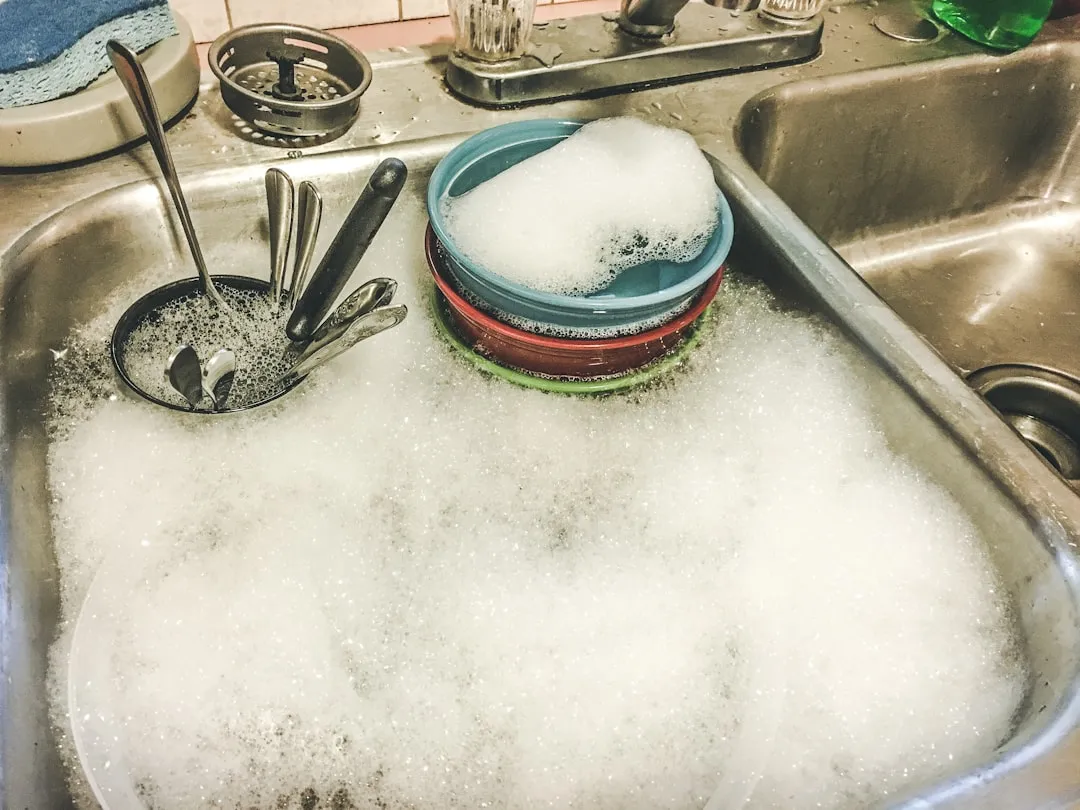







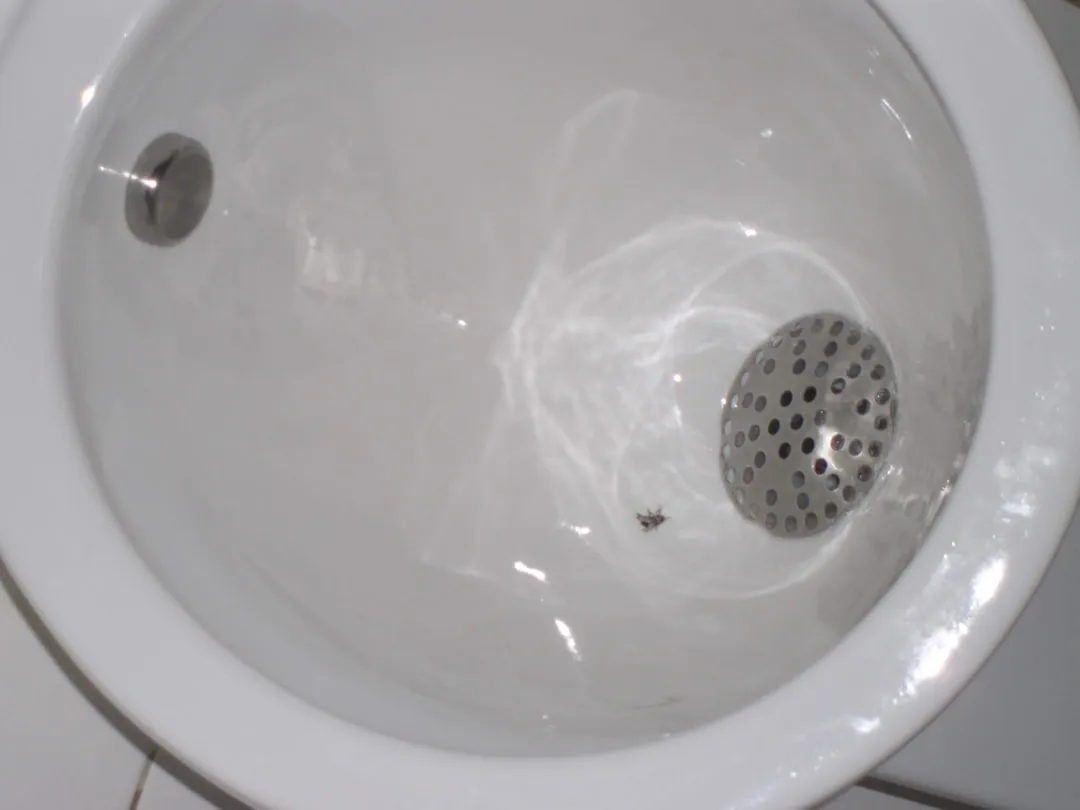
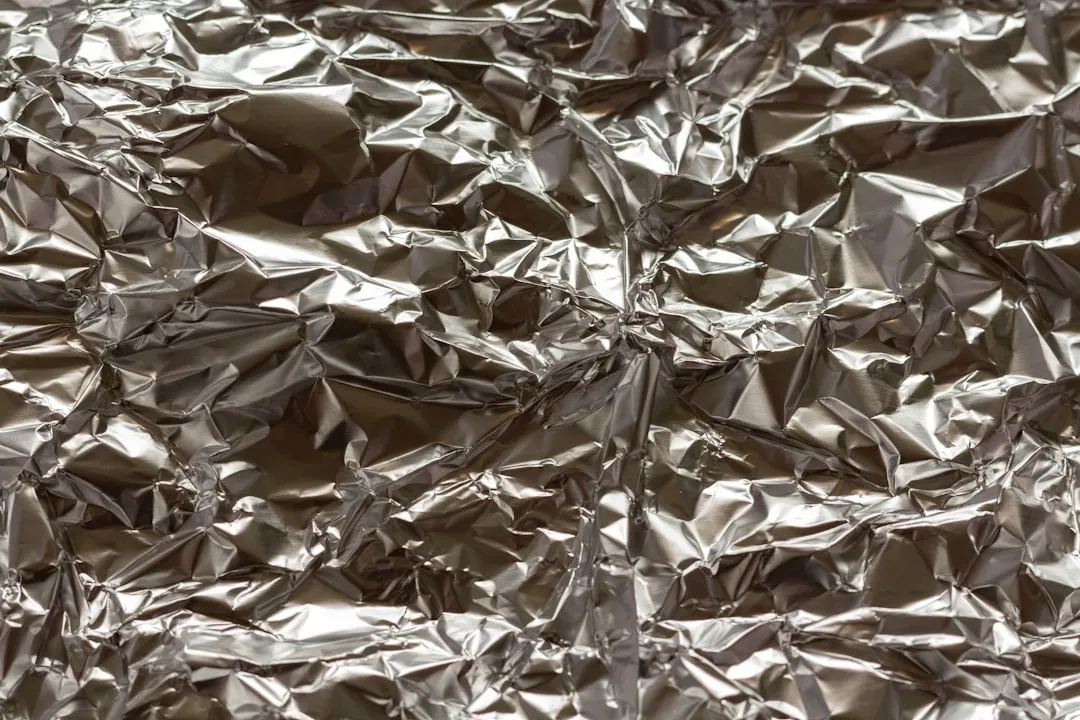
Comments
Be the first, drop a comment!